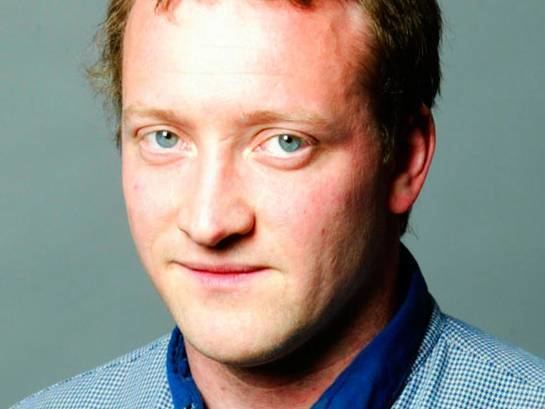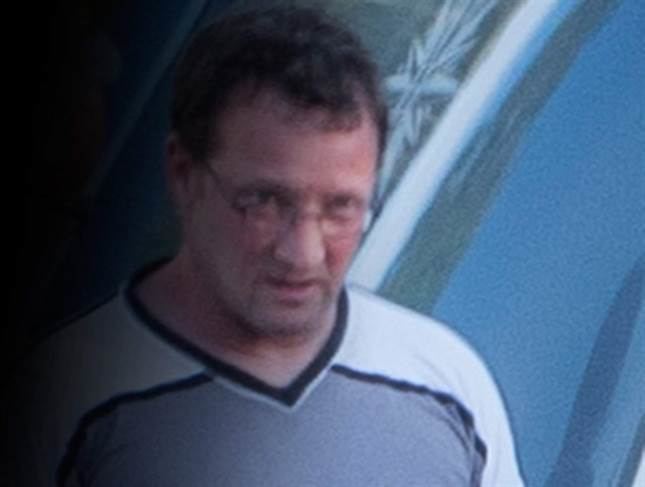Name Niklas Lindgren | ||
 | ||
Conviction(s) Nine counts of sexual assault | ||
Criminal penalty 14 years imprisonment Criminal status Released (2015-07-28) Similar Mattias Flink, John Ausonius, Anders Eklund (murderer) | ||
Interviewing joonas and niklas lindgren
Kurt Niklas Lindgren (born June 26, 1972, in Sörmjöle, Umeå Municipality), known in the media prior to his arrest as Hagamannen ("The Haga Man"), is a convicted Swedish serial rapist. Lindgren was convicted of nine counts of sexual assault in 2006, two of which were labeled attempted murder, in relation to attacks in the city of Umeå from 1998 to 2005. The attacks were all made outdoors, involved physical violence and in some cases attempts to kill his victims. The nickname "Hagamannen" refers to the area in Umeå named Haga where Lindgren made his first assault.
Contents
- Interviewing joonas and niklas lindgren
- Hagamannen s minns Ida stensson skrckren i Ume Nyhetsmorgon TV4
- Police investigation
- Evidence
- Arrest
- Suspect in custody
- Court proceedings
- Prison
- Media coverage
- Publication of name and picture
- References

Lindgren was identified and arrested by the Swedish police after they received a tip from the public on March 29, 2006. His DNA matched the DNA previously secured from the victims. On April 22 Lindgren confessed to six of the assaults. On July 19 he was convicted of eight assaults by the Umeå District Court and sentenced to 14 years in prison. Lindgren appealed to the Upper Norrland Court of Appeal, which on October 2 upheld the district court's sentence plus one case of rape in 2000. Lindgren's appeal to the Supreme Court was not granted.

Lindgren was released on July 28, 2015 and is now on probation after nine years served.

On August 22, 2015 he was hit in the head with a golf club. On 13 November 2015, the three attackers were found not guilty of Lindgren's assault.

Hagamannen - så minns Ida Östensson skräckåren i Umeå - Nyhetsmorgon (TV4)
Police investigation
The investigation to find Hagamannen was one of the largest ever in Sweden. More than 30 policemen worked full-time to catch the serial rapist, but the investigation met some setbacks. For example:
Evidence
According to media reports, there are several facts in the case which indicate that the man which the police had in custody was the perpetrator:
Arrest
In response to a tip from the public regarding Lindgren’s resemblance to the facial composite, the police approached him for a voluntary DNA sample. Lindgren refused, but was compelled to provide the sample in accordance with a new law after being interviewed by police.
On 29 March 2006, police learned that the DNA sample matched those taken from the crime scenes. Two plainclothes officers were sent to Lindgren’s place of employment. They arrived during his lunch break; Lindgren failed to return to work after lunch. Later that afternoon police released a media report indicating that they had arrested a suspect in relation to the attacks.
Suspect in custody
Lingren was described in media reports as a 33-year-old man living just outside Umeå, a Swedish citizen with no criminal record who was now suspected by the police as the alleged perpetrator until January 2006. He worked at a VAG car sales and repair shop as a sheet-metal worker, and was described as a normal family father with a common-law marriage and two children. He lived in Nyland, a small tight-knit community outside of Umeå.
Court proceedings
Under Swedish law a suspect can only be held for a short period of time by the police before they have to be arraigned. On 31 March 2006 at 3 p.m. the suspect was arraigned before the Umeå Court. For security reasons the hearing took place in the secure courtroom. Much of the hearing took place behind closed doors, due to the nature of the crimes. A suspect can be held for an indefinite period of time prior to a trial, but the police and prosecutor have to show cause for this at arraignment hearings which have to be held at regular intervals. A suspect is allowed to request a defense attorney, Lindgren in this case requested Leif Silbersky, who was appointed as his public defender by the Umeå District Court.
Niklas Lingren was charged with four counts of assault, four counts of rape and two counts of attempted murder. At first he pleaded innocent to all charges against him. On April 22 he confessed that he attacked six women.
Prison
A person suspected of a serious offence and who is awaiting trial is normally held by the Swedish Prison and Probation Service. The suspect is normally not allowed any visitors or to communicate with the outside world, with the exception of his attorney, until the trial is concluded. The suspect is allowed to read books and magazines with the exception of material covering the case against the suspect. The reasoning for incarceration and isolation is that the suspect might resort to further crime, try to influence witnesses, alter his or her own statements or glean information useful for when he or she goes through a psychiatric evaluation.
Media coverage
The case received extensive coverage in Swedish newspapers and on Swedish television. During the years 1998-2006 many people, mainly women in the city of Umeå, were afraid to walk alone at night.
Publication of name and picture
The Swedish newspaper Expressen published the name of the suspect together with his photograph shortly after his arrest by the police. A photograph of Lindgren was featured side-by-side with a composite sketch released by the police on the cover of the newspaper the day after his arrest.
The publication of the name and photograph of the suspect has been criticized by some since it can hamper the police investigation, reduce the evidentiary value of a police lineup for the cases where there is no other physical evidence and since it causes emotional suffering for the victims, the suspects family and friends and the suspect himself if he is later acquitted.
The editor of the newspaper defended the publication, stating that it could prompt other victims to report assaults, that the suspect was in custody, that there was a strong interest from the public who have a right to know (the purpose of the journalist) and that the evidence against the suspect in this case is especially damning.
When he became aware of the publication through his lawyer Leif Silbersky, Lindgren reported the publication to the Press Ombudsman, who can decide to bring the matter before the Swedish Press Council. The Swedish Press Countil will then offer an opinion on whether the publication was in line with good journalistic practice.
The publication of the name and photograph of the suspect in this case can be compared to the murder of Foreign Minister Anna Lindh in 2003 where the daily newspaper Dagens Nyheter choose to publish the name of the suspect (who was later convicted) while he was still at large. The publication at that time was justified by the newspaper since the killer was at large and that the police had already released a photograph to aid in his capture, a practice which was also done with the Malexander police killers Tony Olsson, Andreas Axelsson and Jackie Arklöv.
It is also interesting to note the difference in tradition between Sweden and other countries when it comes to the publication of a name and footage or photograph of a suspect. For instance, in the U.S. it is customary for the media to use the real name of a suspect, while in Sweden a suspect is usually referred to by their age (i.e. the 33-year old in the present case) until a conviction has been secured.
